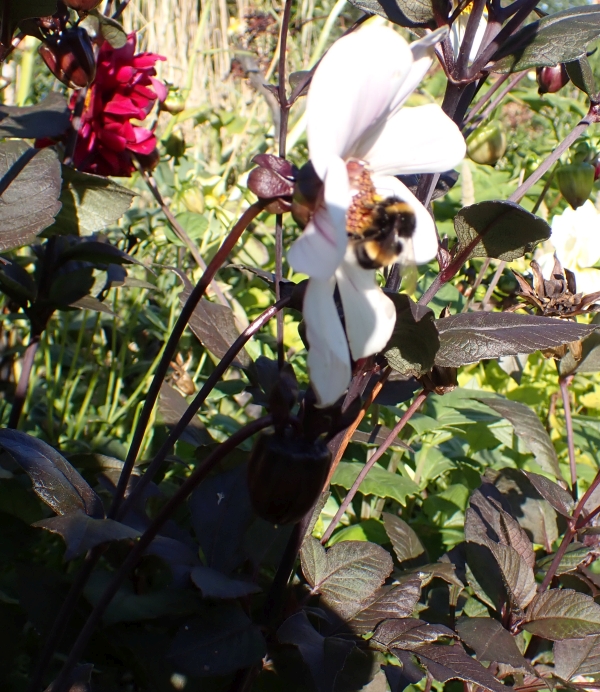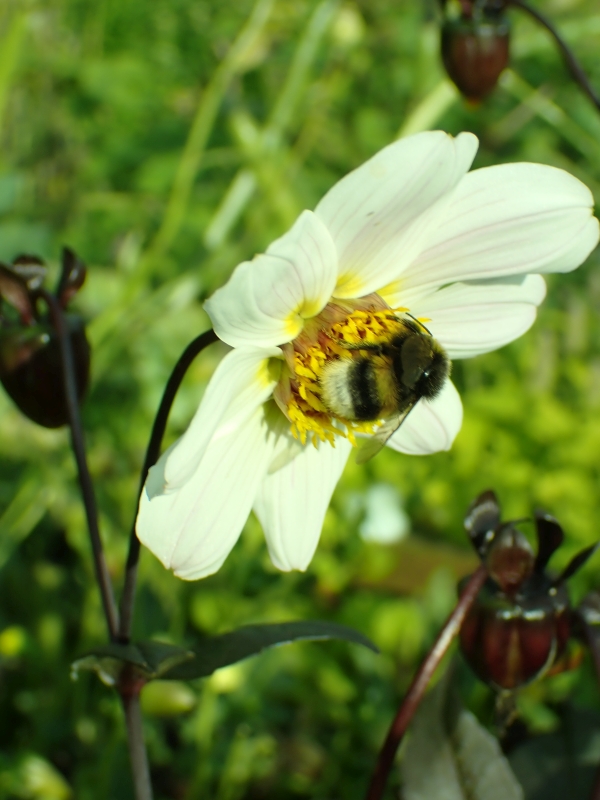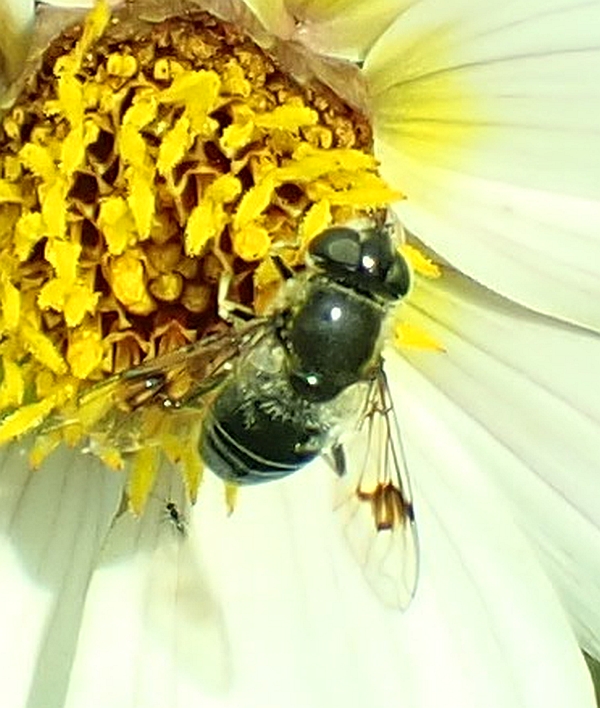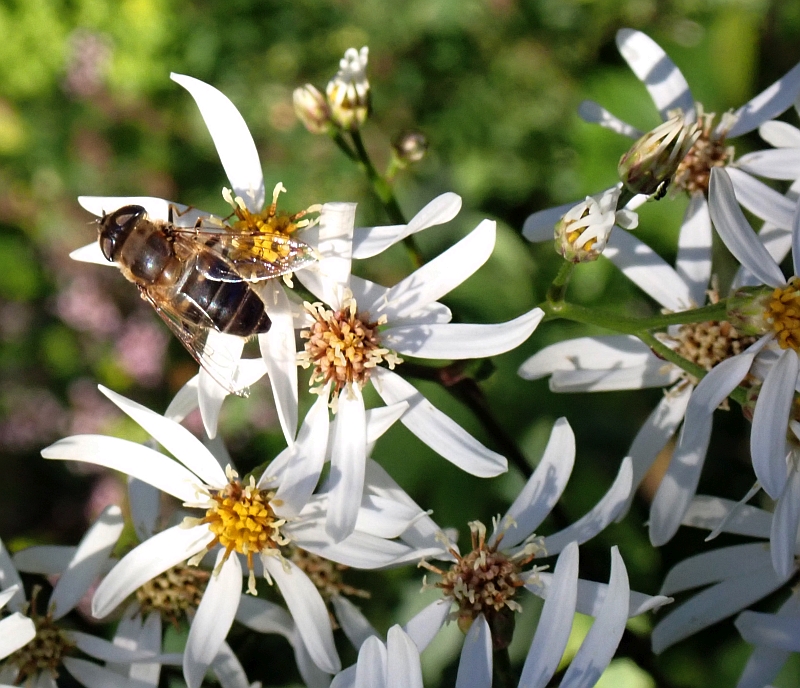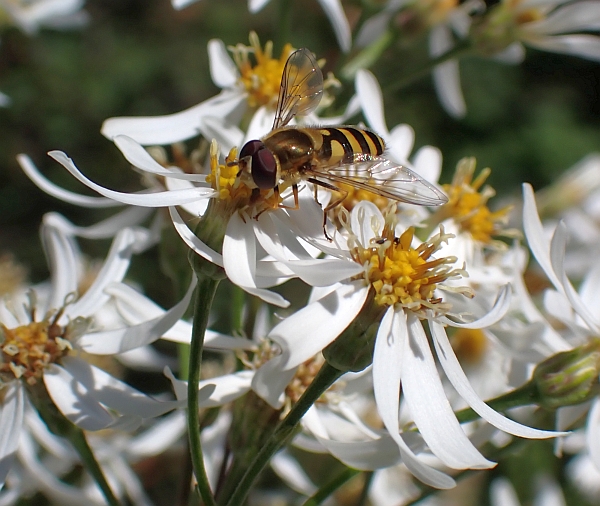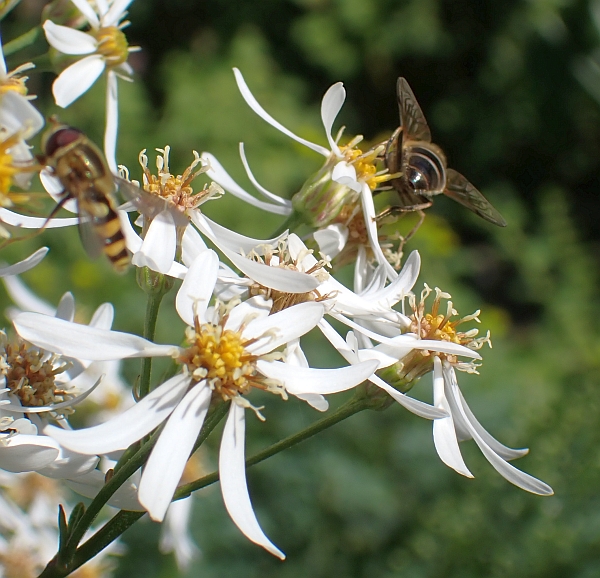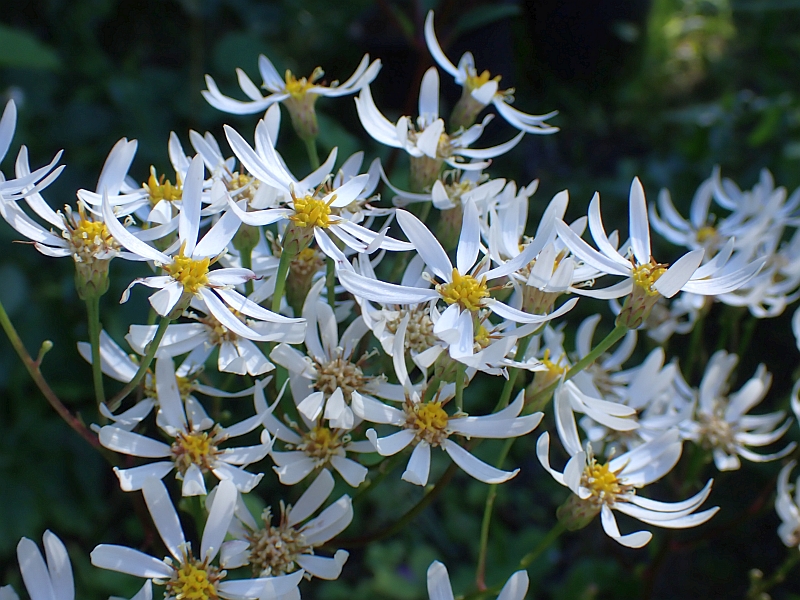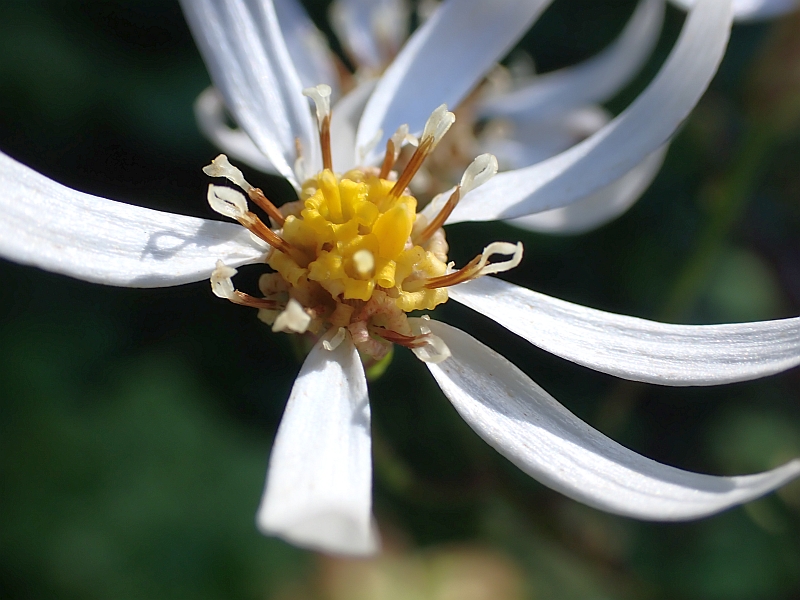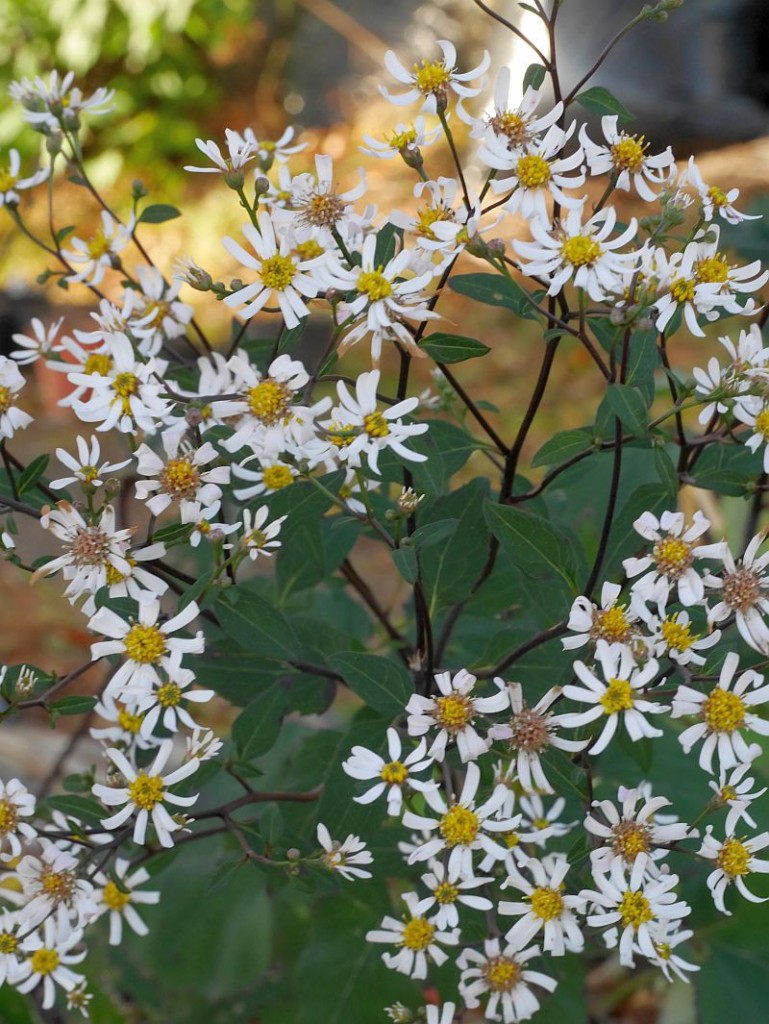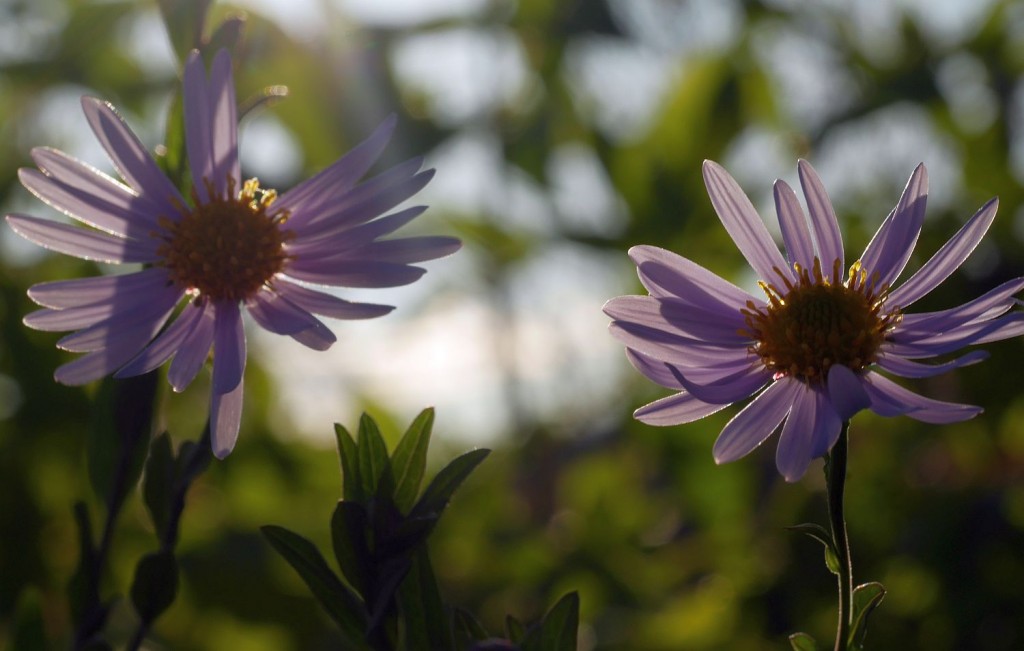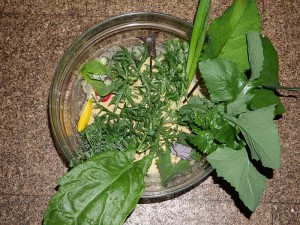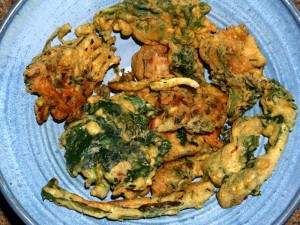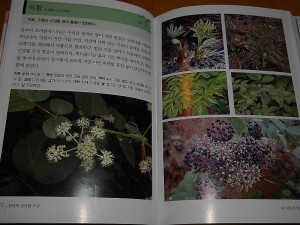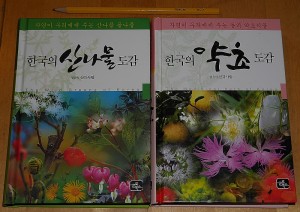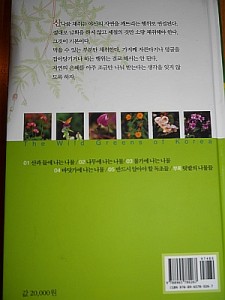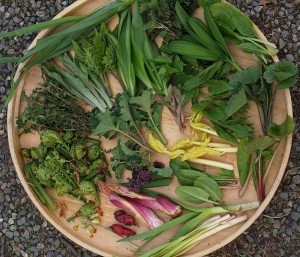When giving talks I like to renew myself and talk about something different each time. For my talk in Copenhagen at the Future Heirloom event last weekend I focussed during part of my presentation on edimentals in the Asteraceae or Compositae (the aster or daisy family / kurvplantefamilien). These are tbe edible perennial vegetables that are most obvious in the autumn garden and often underutilised by chefs in the west. Visiting the World Garden a few days before my talk on 17th October, I gathered flowers from all the flowering Asteraceae and here they are with names: Most are used for their tasty spring shoots and leaves, used cooked and raw, and most have a characteristic fragrant taste / aroma loved in the Far East (as also Chrysanthemum tea is popular and a refreshing accompaniment to spicy dishes). Aster scaber and Ligularia fischeri are nowadays both cultivated in a big way as “sannamul” in Korea and even exported to Korean markets around the world. Young shoots of other Aster sp. are foraged in Asia as is big-leaf Aster, Aster macrophyllus, in North America. Also from North America, cutleaf coneflower Rudbeckia laciniata or sochan was a popular vegetable for the Cherokee first people and in recent years has, maybe not unsurprisingly become a commercial vegetable in Korea. Annual shungiku or chopsuey greens Glebionis coronaria hails from the Mediterranean but is today an important vegetable in the Far East! Others currently in flower are best known as root crops, including (in the picture) Jerusalem artichoke (Helianthus tuberosus) and Dahlia. Yacon (Polymnia sonchifolia) is also autumn flowering but doesn’t manage to flower here (is moved indoors to flower and bulk up). The final flower in the picture is marigold Calendula officinalis, whose culinary use includes decorating and flavouring salads, soups and other dishes.
Most are used for their tasty spring shoots and leaves, used cooked and raw, and most have a characteristic fragrant taste / aroma loved in the Far East (as also Chrysanthemum tea is popular and a refreshing accompaniment to spicy dishes). Aster scaber and Ligularia fischeri are nowadays both cultivated in a big way as “sannamul” in Korea and even exported to Korean markets around the world. Young shoots of other Aster sp. are foraged in Asia as is big-leaf Aster, Aster macrophyllus, in North America. Also from North America, cutleaf coneflower Rudbeckia laciniata or sochan was a popular vegetable for the Cherokee first people and in recent years has, maybe not unsurprisingly become a commercial vegetable in Korea. Annual shungiku or chopsuey greens Glebionis coronaria hails from the Mediterranean but is today an important vegetable in the Far East! Others currently in flower are best known as root crops, including (in the picture) Jerusalem artichoke (Helianthus tuberosus) and Dahlia. Yacon (Polymnia sonchifolia) is also autumn flowering but doesn’t manage to flower here (is moved indoors to flower and bulk up). The final flower in the picture is marigold Calendula officinalis, whose culinary use includes decorating and flavouring salads, soups and other dishes.
Late flowering also means that the Asteraceae are also particularly important for a range of insect pollinators like hoverflies, drone flies and bees as can be seen in the pictures below, all taken in the World Garden:
Tag Archives: Aster scaber
Flowering Aster scaber
September is the month when several Asteraceae are in flower including one of my favourite perennial vegetables and edimentals Aster scaber (yes, I know it’s officially Doellingeria scabra) or chamchwi in Korea where it’s cultivated commercially for Korean markets around the world (often sold dried). It’s also popular with pollinating insects as can be seen in the gallery taken this week here.
….and a parasitic wasp on the flowers:
See this page for more links to articles about this plant on this blog: https://www.edimentals.com/blog/?p=6080
It’s also one of the 80 in my book Around the World in 80 plants.
Dried Aster Scaber
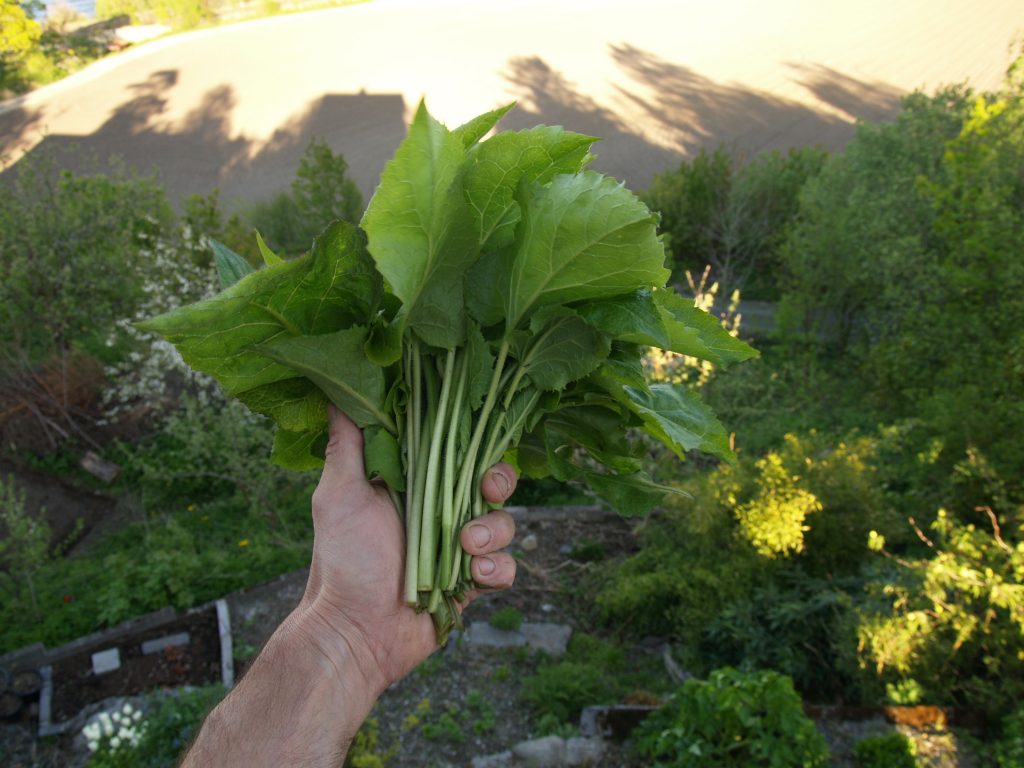
In September, in a farmer’s market in Atlanta, Georgia I found packets of dried Aster scaber leaves (I had searched unsuccessfully for chwinamul in other Korean supermarkets, but hadn’t found it before):
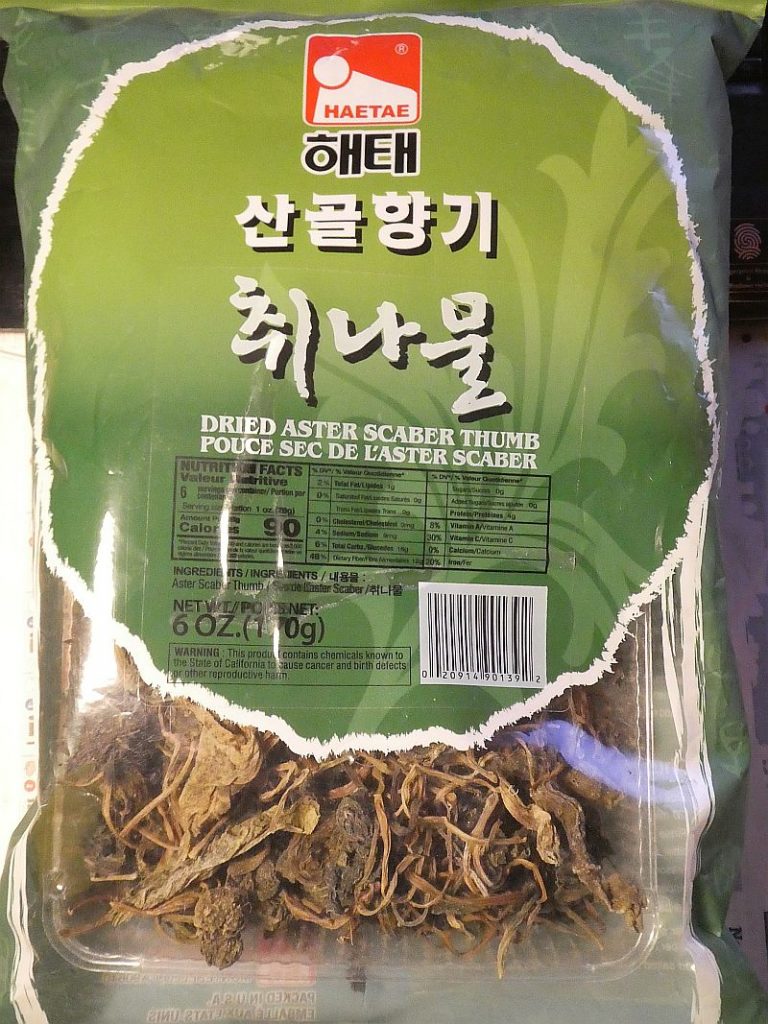
On the front of the packet is a WARNING: This product contains chemicals known to the State of California to cause cancer and birth defects or other reproductive harm!

On the other hand, on the back of the packet it says: “Keep your health with benefits of HAETAE Sangol Hyanggi Namuls”

Is the reason for the cancer warning on the packet due to the fact that the same packet is used for a range of dried vegetables and shiitake mushrooms (namul), including bracken fern which contains a carcinogen, ptaquiloside (however, it is both water-soluble and is destroyed by heat )
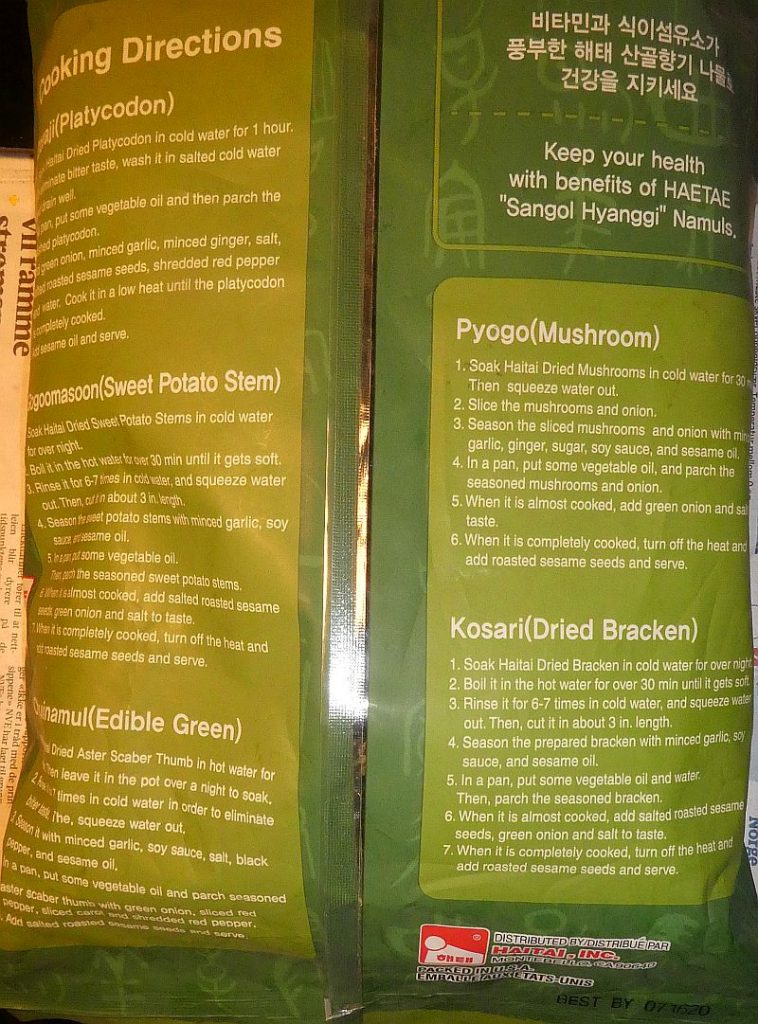
I was also surprised to read what would seem to be the excessive pre-preparation by boiling for 20 mins., followed by a soak overnight and then rinsing 7 times, to remove the bitterness. I’ve never detected bitterness and have understood it’s also used in salads. I wonder also why they are known as “thumbs”?

Sea kale broccoli end of May salad
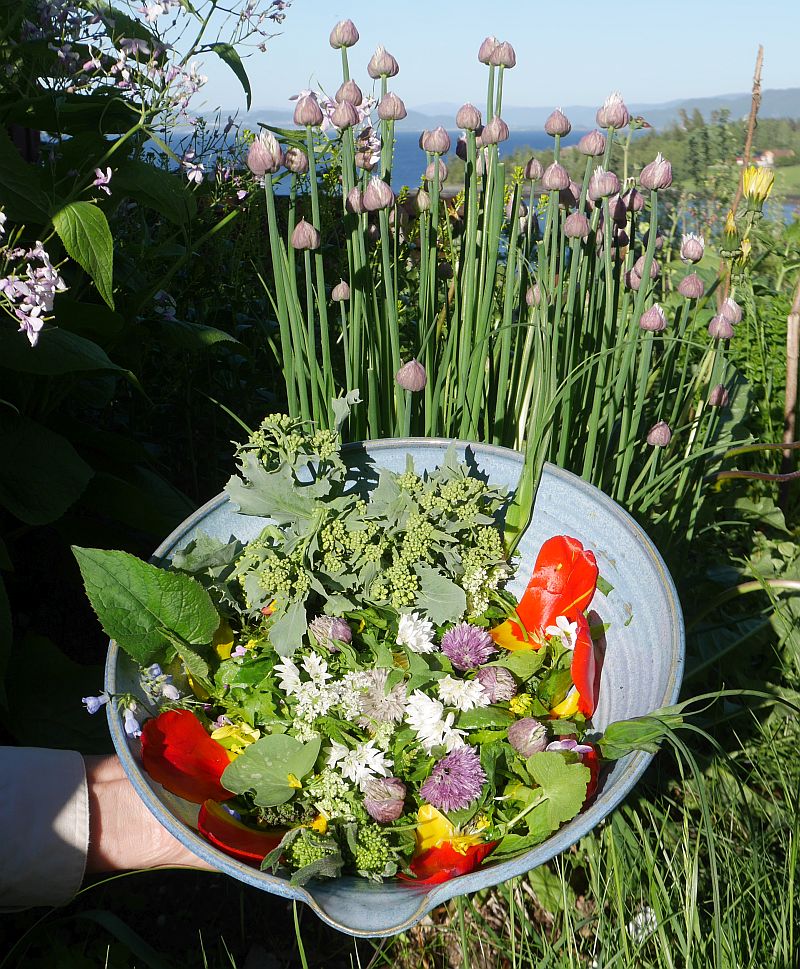
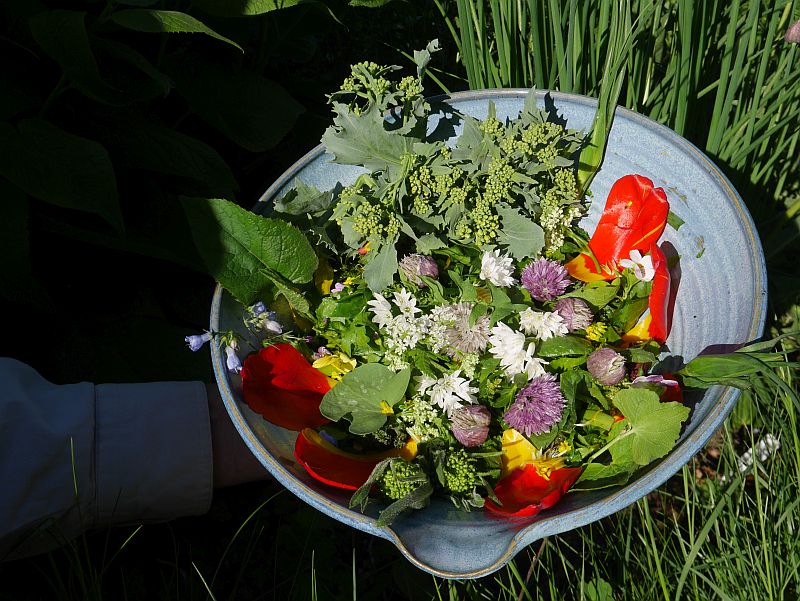

EdimAsters
See on FB here: https://www.facebook.com/media/set/?set=a.10155527725545860.1073743046.655215859&type=1&l=7a796be893
Octobasters
The pictures are from my garden on 10th October 2016 of a plant that originated from a Korean vegetable catalogue!:
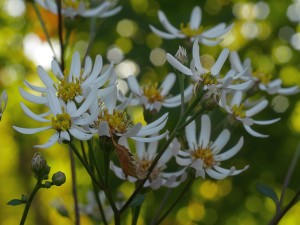
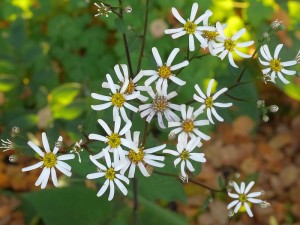
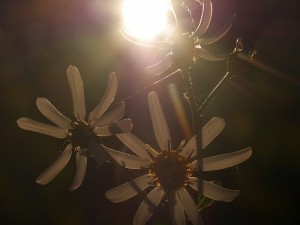
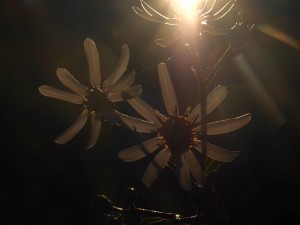
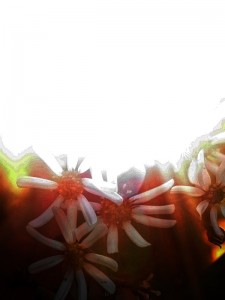

Korean Aster on Edimentals
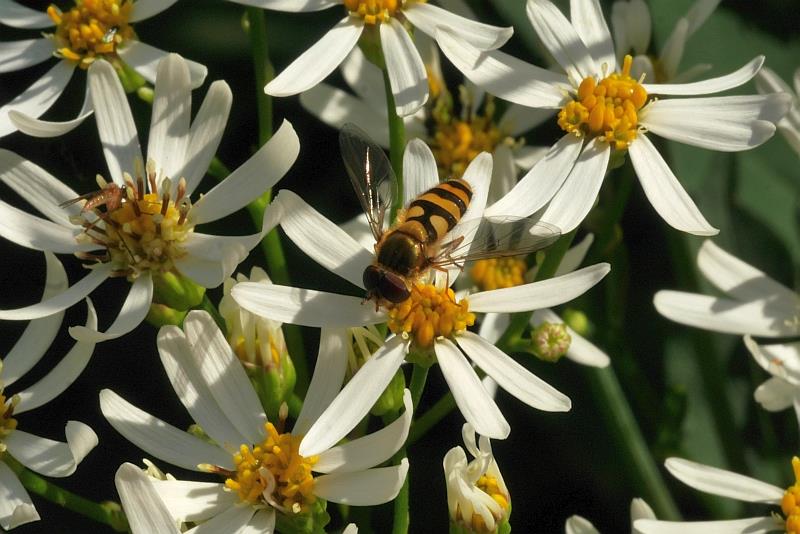
Two years ago, I posted this picture of Aster scaber, commonly wild foraged in Korea and nowadays cultivated for markets in Korea and exported dried to Koreans in North America :)
The following is a collection of pages here giving more information on this great perennial vegetable, or read the account in my book Around the World in 80 plants :)
1. Aster scaber and introducing Misoni: http://www.edimentals.com/blog/?page_id=3103
2. Pakora hasn’t met this selection of vegetables before:http://www.edimentals.com/blog/?p=5250
3. The wild greens of Korea: http://www.edimentals.com/blog/?p=3635
4. Perennial vegetable tempura: http://www.edimentals.com/blog/?p=2382
5. My first Korean aster flower: http://www.edimentals.com/blog/?p=2008
6. Alexandra Berkutenko and the giant Edimentals of the Russian Far East:http://www.edimentals.com/blog/?p=208
Pakora hasn’t met this selection of veggies before!
I used: Day lily buds (Hemerocallis), common sow thistle (Sonchus oleraceus), radish, red mitsuba (Cryptotaenia japonica atropurpurea), musk mallow (Malva moschata), Korean aster (Aster scaber), sorrel (Rumex acetosa), garden orach (Atriplex hortensis), Parsley pea (tops), Allium nutans x senescens (leaves and flower stems/buds) and Hablitzia tamnoides (tops)…..
DELICIOUS!!
The Wild Greens of Korea
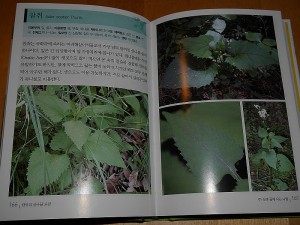
Perennial vegetable tempura
See also https://saladdy.wordpress.com/2014/04/25/tempura-day
..includes ostrich fern, blanched lovage, Udo, perennial kale, moss-leaved dandelion, Allium victorialis, nettles, Aster scaber, scorzonera shoots, Campanula latifolia, Oca, Myrrhis, Allium scorodoprasum, garlic, Allium ursinum, Ligularia fischeri (first time), sea kale, Primula veris “Red Strain”, Rumex acetosa, Alliaria petiolata and a few others…











